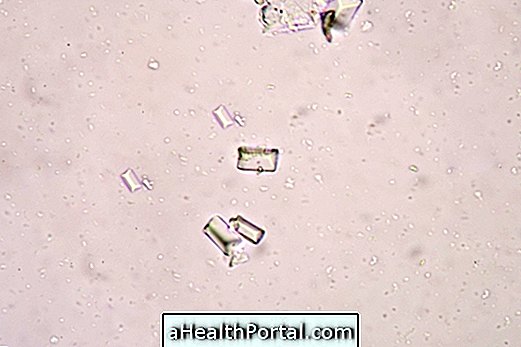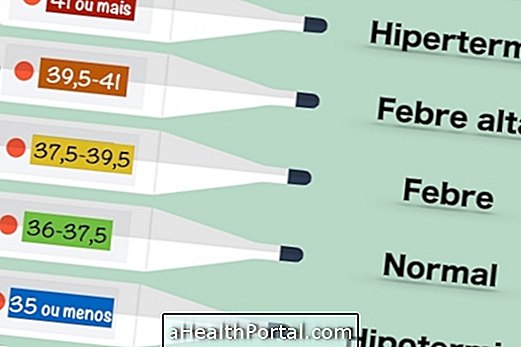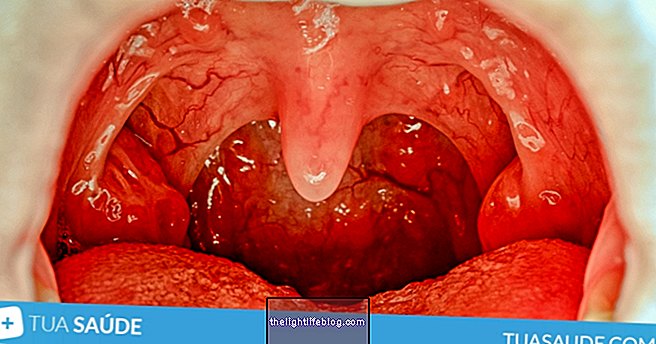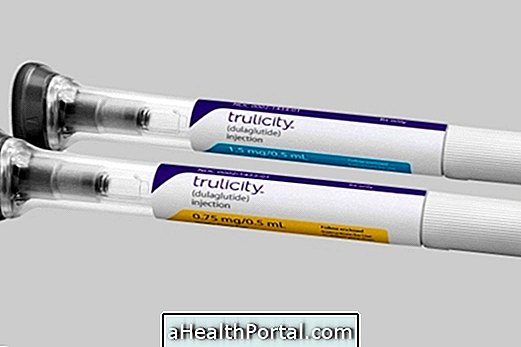Hyperhidrosis surgery, also known as sympathectomy, is used in cases where it is not possible to control the amount of sweat only with the use of other less invasive treatments, such as antiperspirant creams or botox application, for example.
Generally, surgery is more used in cases of axillary and palmar hyperhidrosis because they are the most successful sites; however, it can also be used in patients with plantar hyperhidrosis when the problem is very serious and does not improve with any form of treatment, although the results are not as positive.
Surgery for hyperhidrosis can be performed at any age, but is usually indicated after age 14 to prevent the problem from recurring due to the child's natural growth.
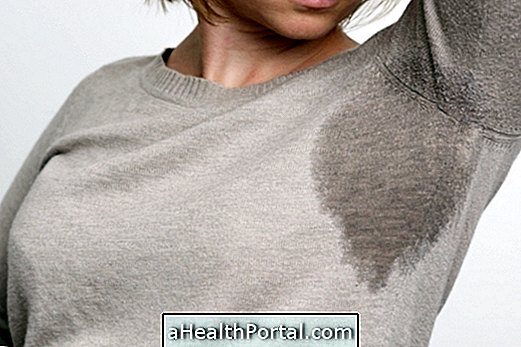
How is surgery done for hyperhidrosis?
Surgery for hyperhidrosis is done with general anesthesia in the hospital through 3 small cuts under the armpit, which allow the passage of a small tube, with a camera at the tip, and other instruments to remove a small portion of the main nerve of the sympathetic system, which is the part of the nervous system that controls the production of sweat.
Once the sympathetic system nerves pass from both sides of the spine, the doctor needs to undergo surgery in both armpits to ensure the success of the surgery, and so the surgery usually lasts for at least 45 minutes.
Risks of surgery for hyperhidrosis
The most common risks of surgery for hyperhidrosis are the most frequent in any type of surgery and include bleeding or infection at the surgery site, with symptoms such as pain, redness and swelling, for example.
In addition, surgery may also cause some side effects to develop, with the development of compensatory sweating being the most common, ie excessive sweating disappears at the treated site, but may occur in other places such as face, belly, back, butt or thighs, for example.
In rare cases, the surgery may not show the expected results or worsen the symptoms, requiring other types of treatment for hyperhidrosis or repeat the surgery 4 months after the previous one.
